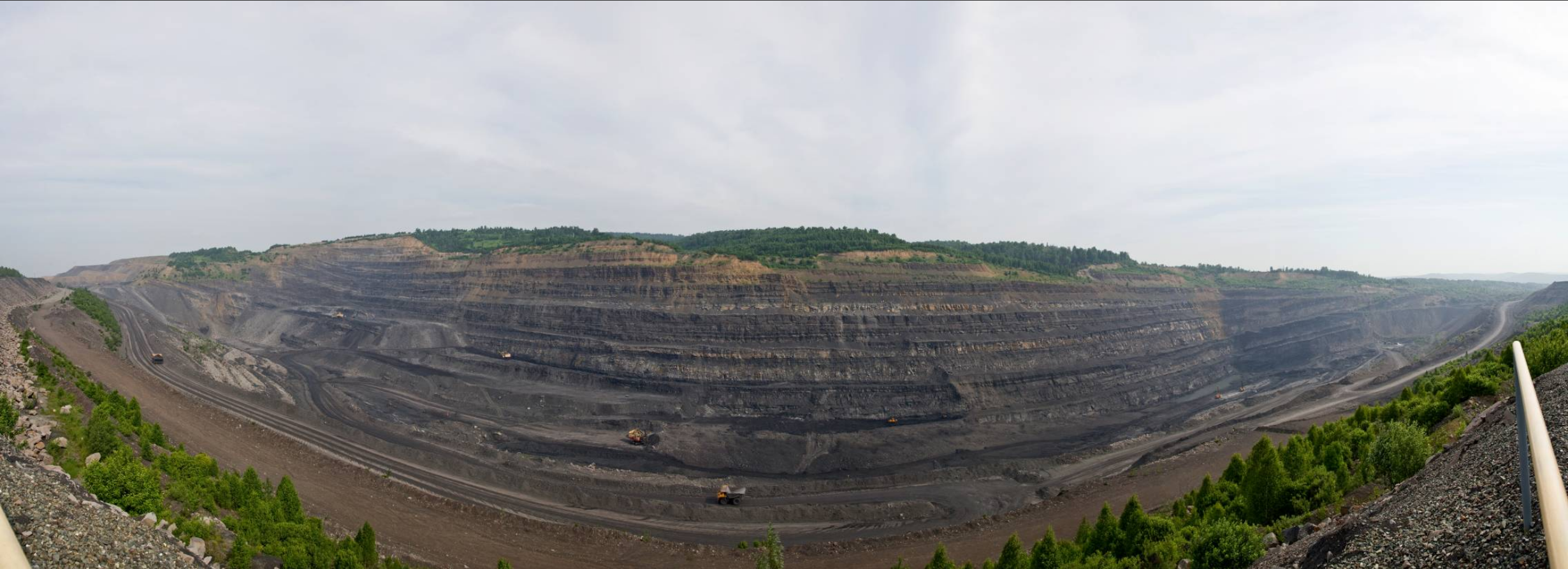
The European Union imposed restrictions on Russian coal imports while Poland banned them completely. The capacity of eastwards railways limits the deliveries to the Far East ports hence the growth of coal shipments to the ports of the Southern Basin.
According to Statista’s analytics, key consumes of Russian coal over the recent years were China (29 million tonnes per year), S. Korea (23 million tonnes), Japan (21 million tonnes), Turkey (15 million tonnes), Taiwan (11 million tonnes), the Netherlands (10.5 million tonnes), Germany (10 million tonnes), Poland (10 million tonnes), Ukraine (9 million tonnes) and India (7.52 million tonnes).
Thus, the European countries, including Ukraine, accounted for 40 million tonnes of Russian coal which makes about a third of Russia’s annual coal exports. Coal supplies to Poland and Ukraine have stopped (about 19 million tonnes per year), while Germany and the Netherlands have reduced them due to the fifth package of sanctions adopted by the EU. Therefore, at least one fifth of coal exports is lost.
Meanwhile, the market analysts say that coal exports lost due to western sanctions can be taken over by India and China, at least partially.
“Markets suspect that India and China may boost coal imports from Russia, offsetting some of the impact of a formalised EU ban on Russian coal imports,” said Vivek Dhar, energy commodities analyst at Commonwealth Bank of Australia.
That means redirection of coal flows. In this context, the fall of coal handling in the North-West is obvious. In the first quarter of 2022, coal turnover in the Arctic Basin fell by almost 36%, in the Baltic Basin – by nearly 30%, year-on-year. In March, coal handling in Ust-Luga which accounted for the bulk of coal flows in the region, dropped by 44%, year-on-year.
March statistics of shipments from Russia’s largest coal mining region is also interesting. Railway transport carried 17.5 million tonnes of coal produced by Kuzbass companies (down 1.5 million tonnes, year-on-year) including 8.8 million tonnes shipped westwards (down 0.8 million tonnes), 4.3 million tonnes - eastwards (down 0.5 million tonnes), and 4.3 million tonnes of internal transportation (down 0.3 million tonnes). Westwards transportation also included coal bound for the ports of the Southern Basin.
As for transportation to the Far East Basin, the key problem is insufficient capacity of railway infrastructure. The lack of capacity has aggravated with the growing demand for transportation of various cargoes, including containers, grain and mineral fertilizers.
As Pavel Ivankin, Chairman of the National Research Center of Shipping and Infrastructure, said at the international conference Chemical Industry Logistics ‘Chemical SC-2022’, there are 1,600 requests for 260 container transportations in May.
“Even if a request is accepted, that does not guarantee the delivery in time, – he explained. – Earlier plans were focused on four-fold increase of transit but the recent decision of the state commission for energy put the priority on coal. However, there are other segments including metal industry, while the capacity of eastern railways is 100-120 trains per day maximum. 1,100 trains (up to 150,000 railcars according to some data) remain non-deployed there. As the network is overloaded today, west-to-east run takes 15-20 days.”
The expert thinks the problem of Russian Railways is not likely to be solved in 2022.
“The problem of Russian Railways is not likely to be solved in 2022”
“Despite all the governmental orders and the company’s statements, the works are very slow with part of them shifted from the previous year to the current one due to the lack of building and professional workforce, hike in prices for metal and other materials. Investment programme of Russian Railways for 2022 will be reduced considerably and the company cannot loan finances in the foreign markets. The problem will be partially resolved with the increase of the company’s authorized capital by RUB 250 billion. All other problems will be passed on to tariffs,” says Pavel Ivankin.
Russian Railways, in its turn calls on changing the profile of port facilities in the Far East. When speaking at the meeting of the expert club of the Eurasian Union of Railway Freight Transportation Players, Aleksey Shilo, Deputy General Director of Russian Railways – head of the Centre for Corporate Transport Services, said: “We suggest that port infrastructure owners change the profile of Far East ports as the freight structure changes in the eastern region. The proposals have already been submitted to the Ministry of Transport. Today, we cannot deliver as much coal as the ports are designed to handle and we do not have facilities for handling of grain and fertilizers in the Far East. According to our calculations, we will need additional facilities for handling containers if empty containers and imports will flow via Russia’s eastern region,”
According to IAA PortNews source in the industry, Russian Railways has failed to redirect at least 12 million tonnes of export cargo to the eastern routes due to the lack of facilities for handling of mineral fertilizers and grain in the Far East ports.
Taking into account the above mentioned problems in the North-West and in the Far East directions, coal flows to the ports of the Southern Basin as much as it is possible. In the first quarter of the year, this basin showed the growth of coal handling by almost a half. This should be particularly attributed to introduction of new facilities in the basin.
More industry-related content is available on our social media pages: YouTube, Telegram, Twitter, Yandex Zen




